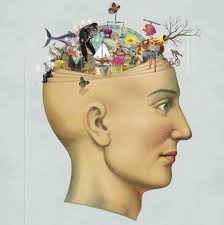


“This was an opportunity to examine that.” but we still haven’t had a glimpse of how neural ensembles encode a long-term memory,” said senior study author Mark Schnitzer of Stanford University. “It’s been over 100 years since Pavlov did his amazing work. In a study published in Nature, researchers addressed this question by tracking the responses of thousands of neurons in the amygdala-the brain’s emotion center-in mice. This ability to associate inherently unrelated stimuli is critical for long-term memory, but it has remained unclear exactly how this process unfolds in the brain. In a classic experiment conducted by Russian physiologist Ivan Pavlov, a hungry dog was trained to salivate at the sound of a bell that was previously associated with the sight of food.

Using a miniature fluorescence microscope, researchers tracked fear learning over 6 days in mice and discovered new insights into how long-term memory is encoded in the brain.


 0 kommentar(er)
0 kommentar(er)
